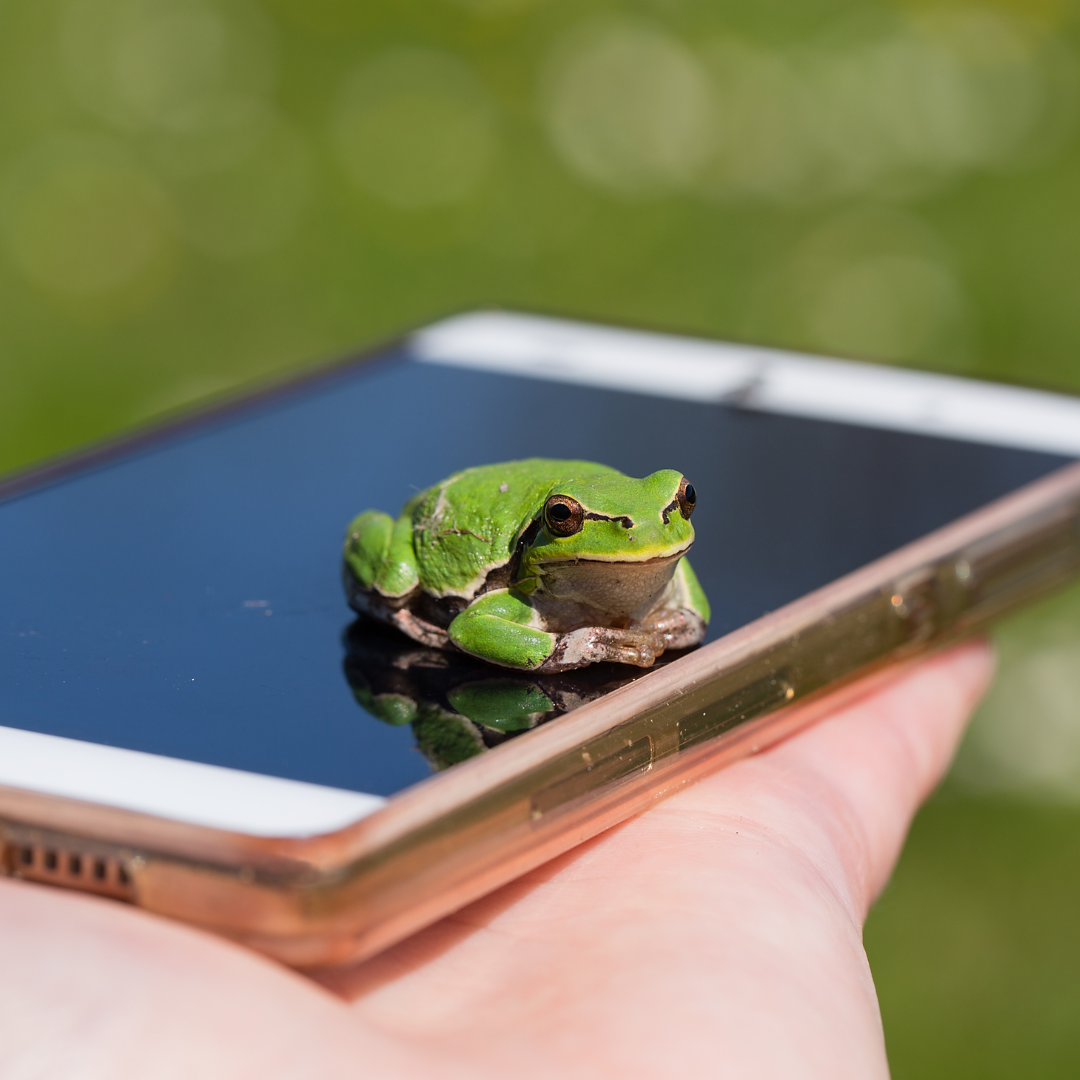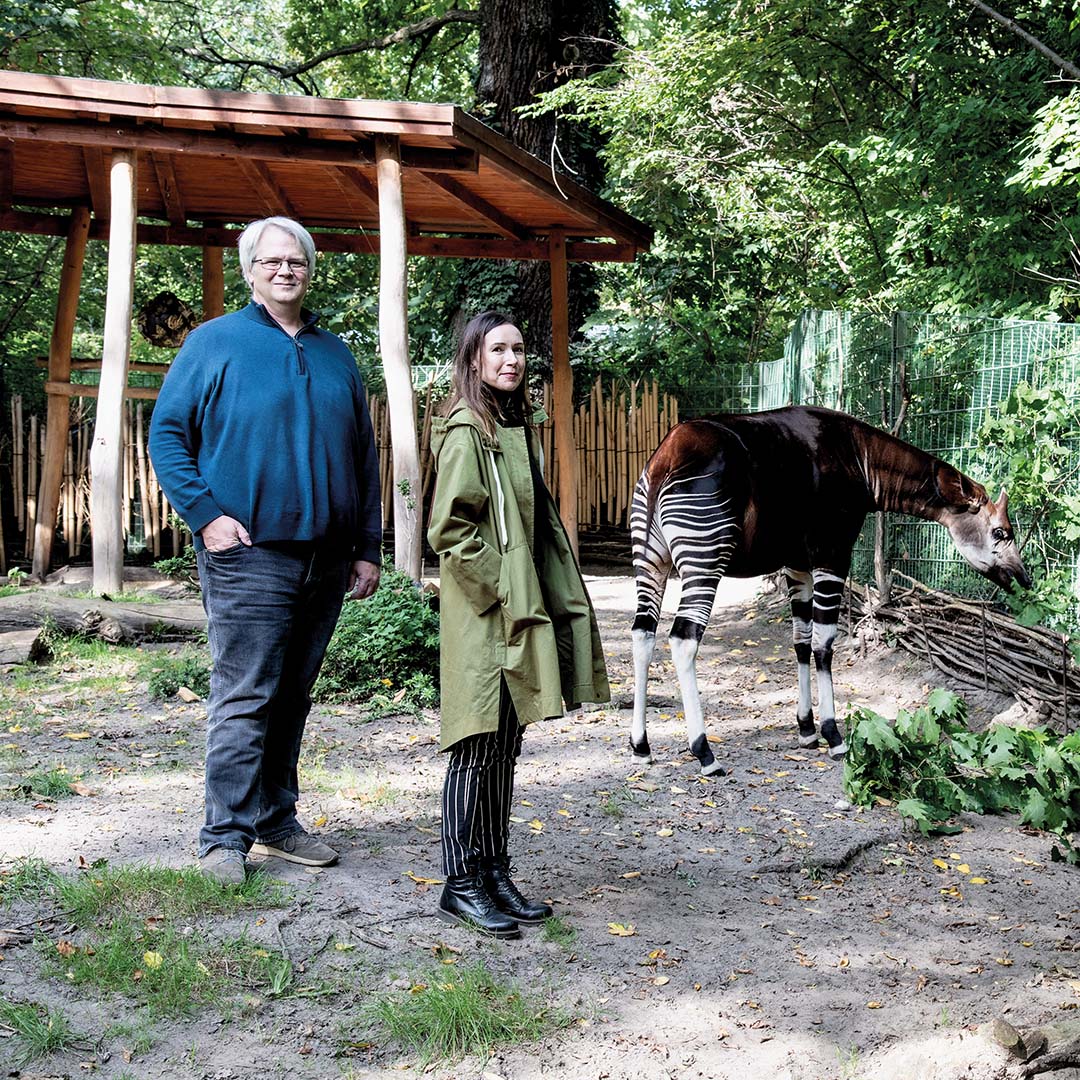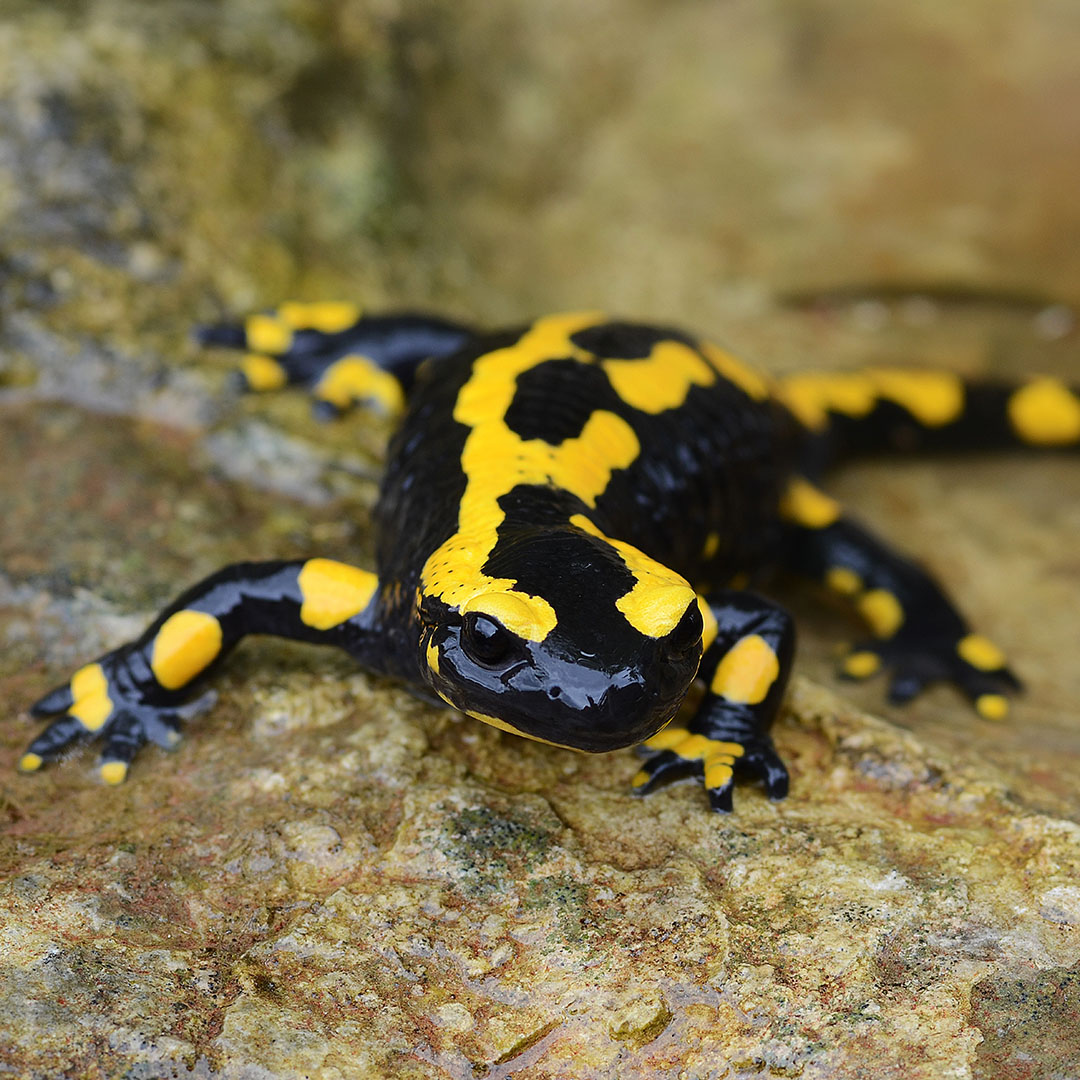Wild at Home
- Home
- Archive by Category "Projects"
Projects
A platform for animal management and networking with other species conservationists: The beta version of "Wild at Home" is online.
A platform for animal management and networking with other species conservationists: The beta version of "Wild at Home" is online.
With the loss of biodiversity, wildlife populations in human care are taking on an increasingly important role. Animals of a large number of species are kept and bred in aquariums, terrariums and aviaries with enormous dedication, passion and expertise by both private and institutional keepers – these populations can be of great importance for species conservation. One of the challenges here is their coordination. It is possible for individuals to save species from extinction in the short term, but to conserve them in the long term requires a coordinated network of species conservationists.

“Wild at Home” – sponsored by the Federal Ministry for Economic Affairs and Climate Action and supported by marmalade GmbH.
Communication, querying and managing data, documenting transfers – this takes a lot of time and must be accurately maintained by hand. Out of the desire to make animal management more sustainable and efficient for everyone, “Wild at Home” was born, and with it the idea of making better use of existing knowledge for the benefit of species conservation.
The German Federal Ministry for Economic Affairs and Climate Action was also convinced of this project and supported the development of “Wild at Home” through the “IGP – Innovation Program for Business Models and Pioneer Solutions”. The project received further support from the IT agency marmalade GmbH, which additionally supported the platform development with financial resources and also contributed technical expertise.
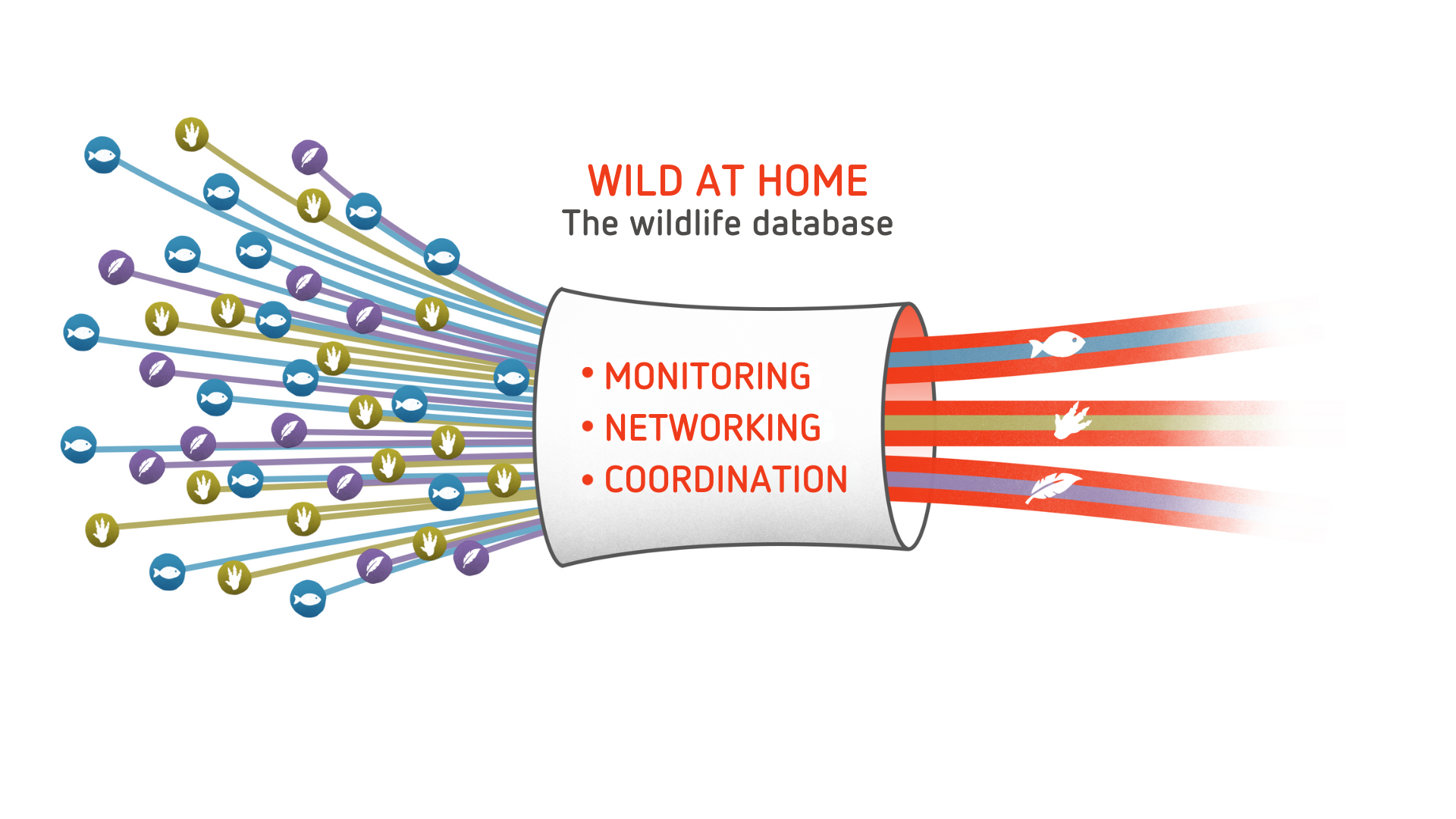
Monitoring, networking and coordination – all under one roof. © Jonas Lieberknecht
The network for all wildlife keepers: "Wild at Home"
Platform for wildlife management and knowledge exchange in one: The current beta version of “Wild at Home” (WaH) is the first step in this direction. In the future, the web app will enable private keepers as well as zoos, breeding communities and other institutions to manage and coordinate their populations. At the same time, WaH offers space for exchange among each other.
The goal: A broad monitoring of species in human hands, which allows to react to disappearing wild animal populations in nature as well as in human care, as well as a continuous improvement of animal husbandry in terms of animal welfare.
Access to WaH is currently password protected. If you have any questions about the platform, are interested in test participation or in using WaH, please feel free to write to: wildathome |at| citizen-conservation.org.
Password protected access to “Wild at Home”: Follow the link.
Impressions from "Wild at Home"
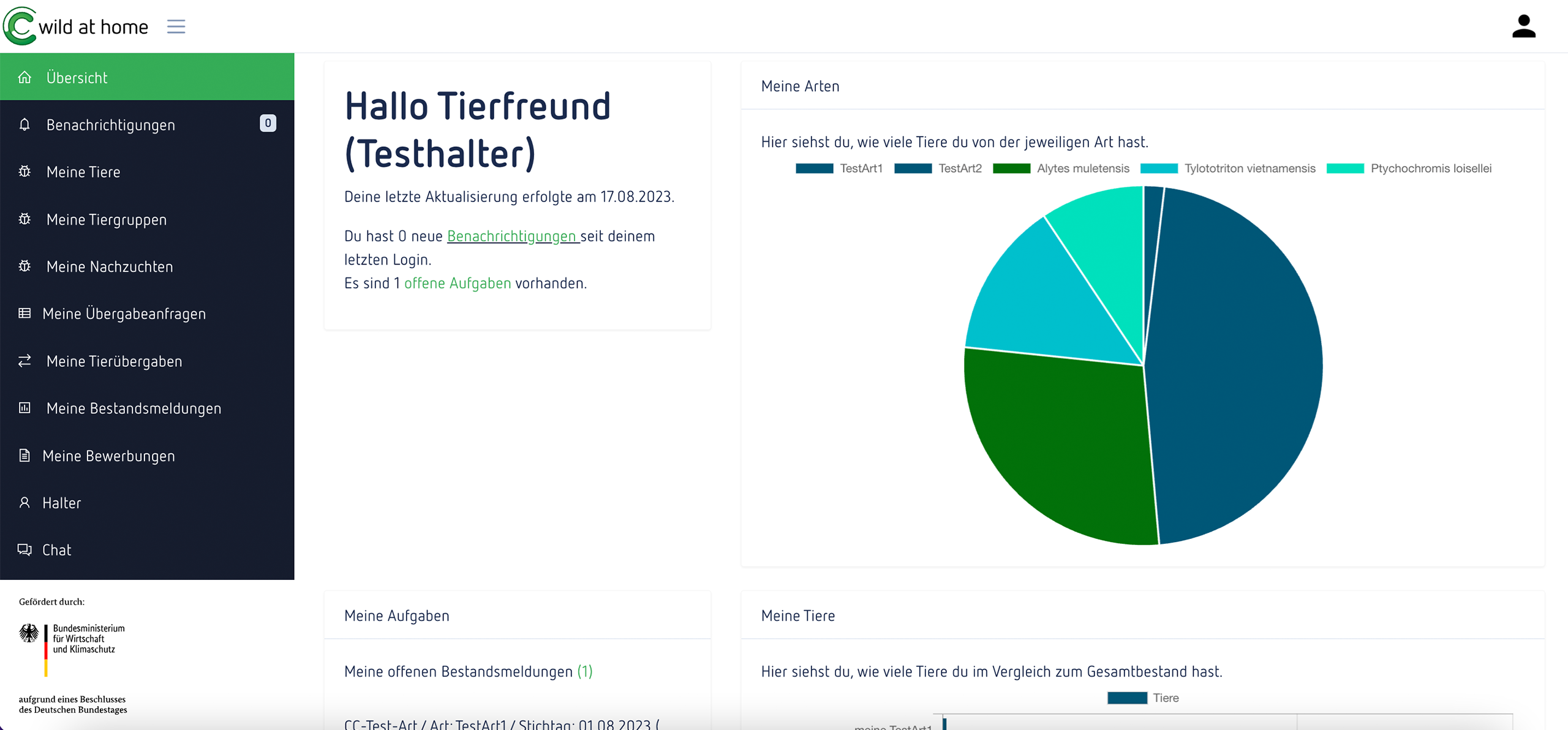
The dashboard: overview of tasks and visual representation of the own stock.

In the section ‘My animals’ you can get an overview of your own stock, deceased and surrendered animals.
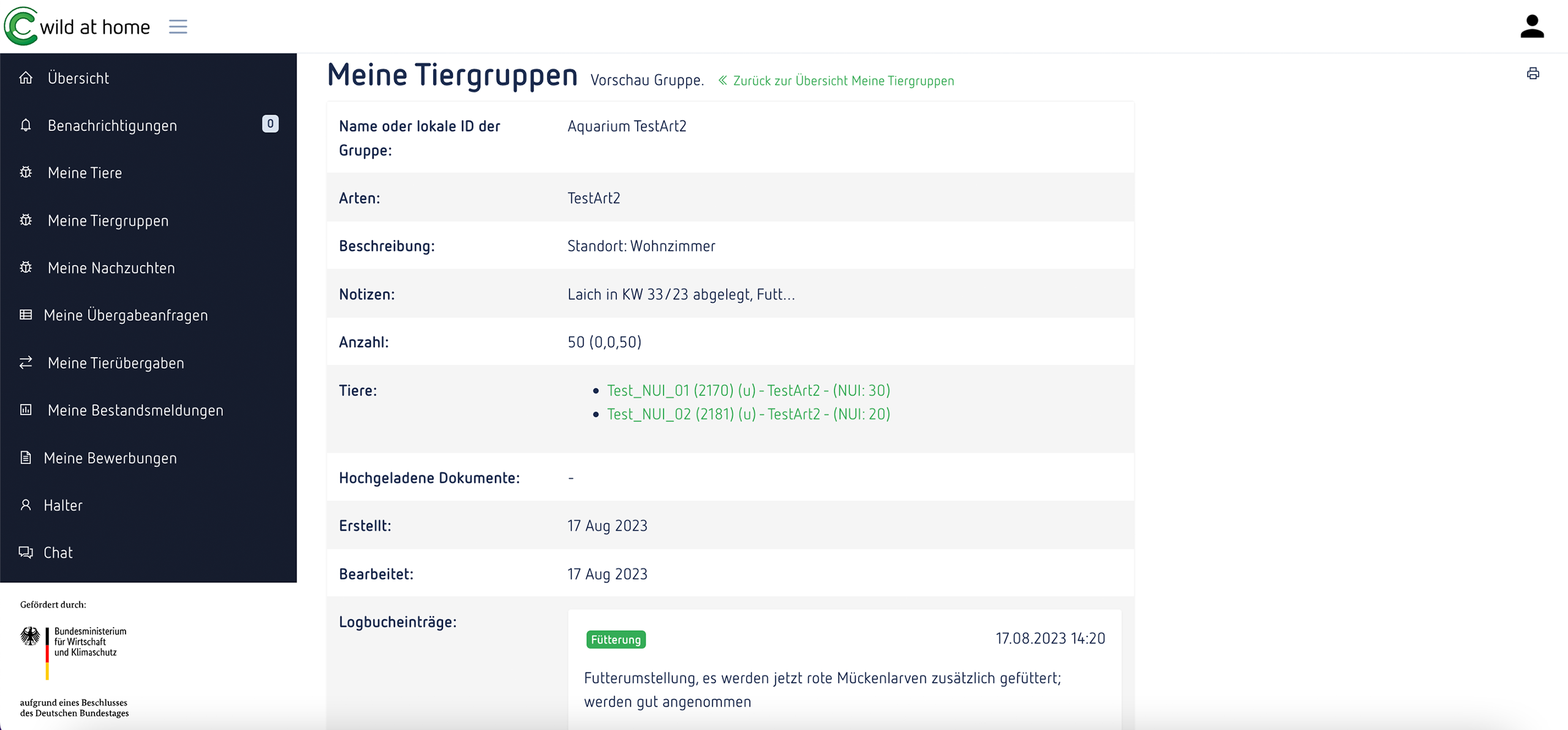
Under the menu item “My animal groups“, individuals and NUI (groups of indistinguishable individuals) can be combined to form husbandry, breeding or feeding groups.

For CC and other breeding groups, WaH will make it easier to query the stock in the future – this can now be done digitally with just a few clicks.
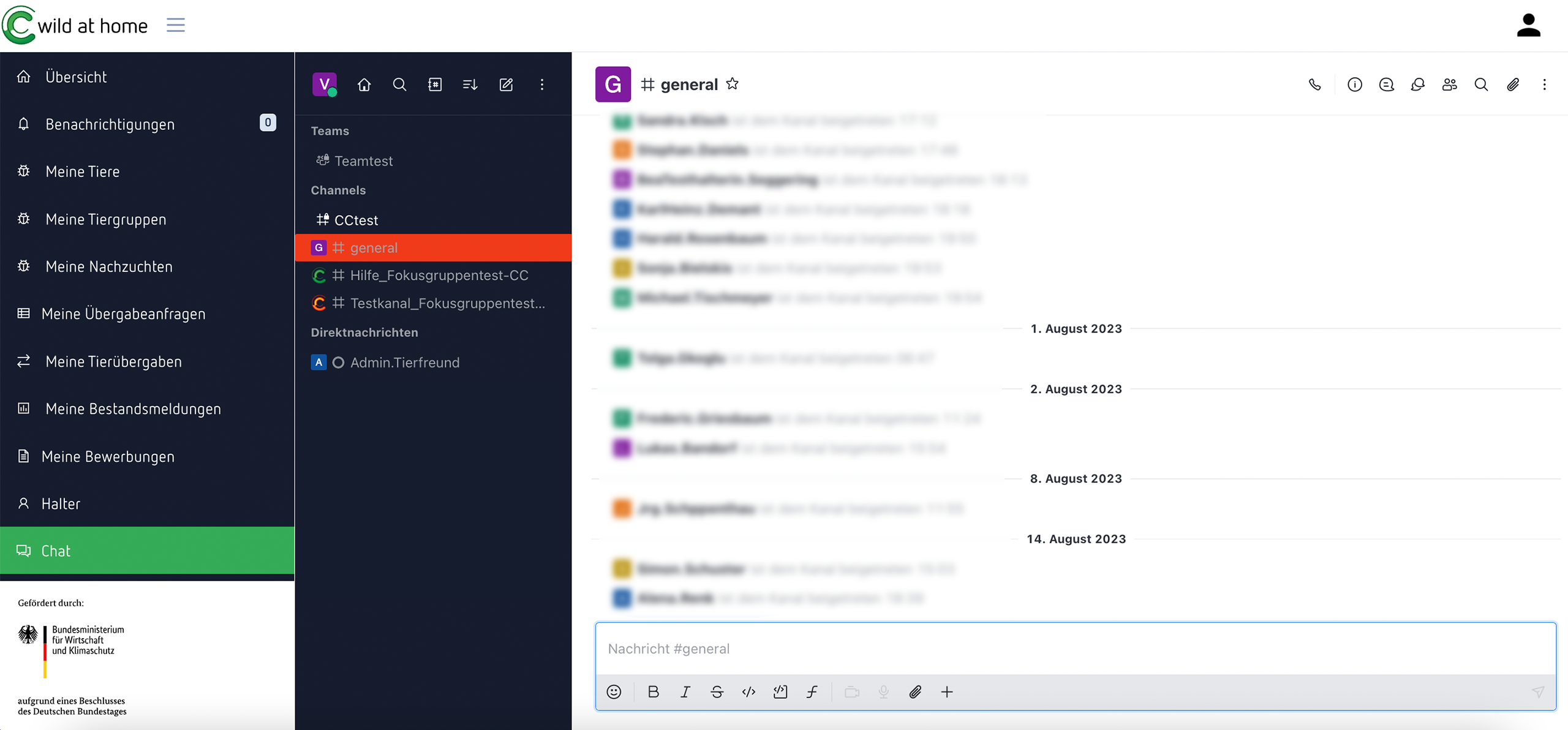
The community area – here species conservationists and animal lovers can network and exchange information.
Coming soon
„Wild at Home“ ist funktionsfähig, nun wollen wir die bestehenden Funktionalitäten Schritt für Schritt ausbauen und verbessern. Wichtige Bereiche dabei sind zum Beispiel der Ausbau der Plattform für Zuchtprogramme oder auch die Wissenssammlung und -bereitstellung. We will be happy to keep you up to date via wildathome |at| citizen-conservation.org.
A selection of species that can already be managed in "Wild at Home"
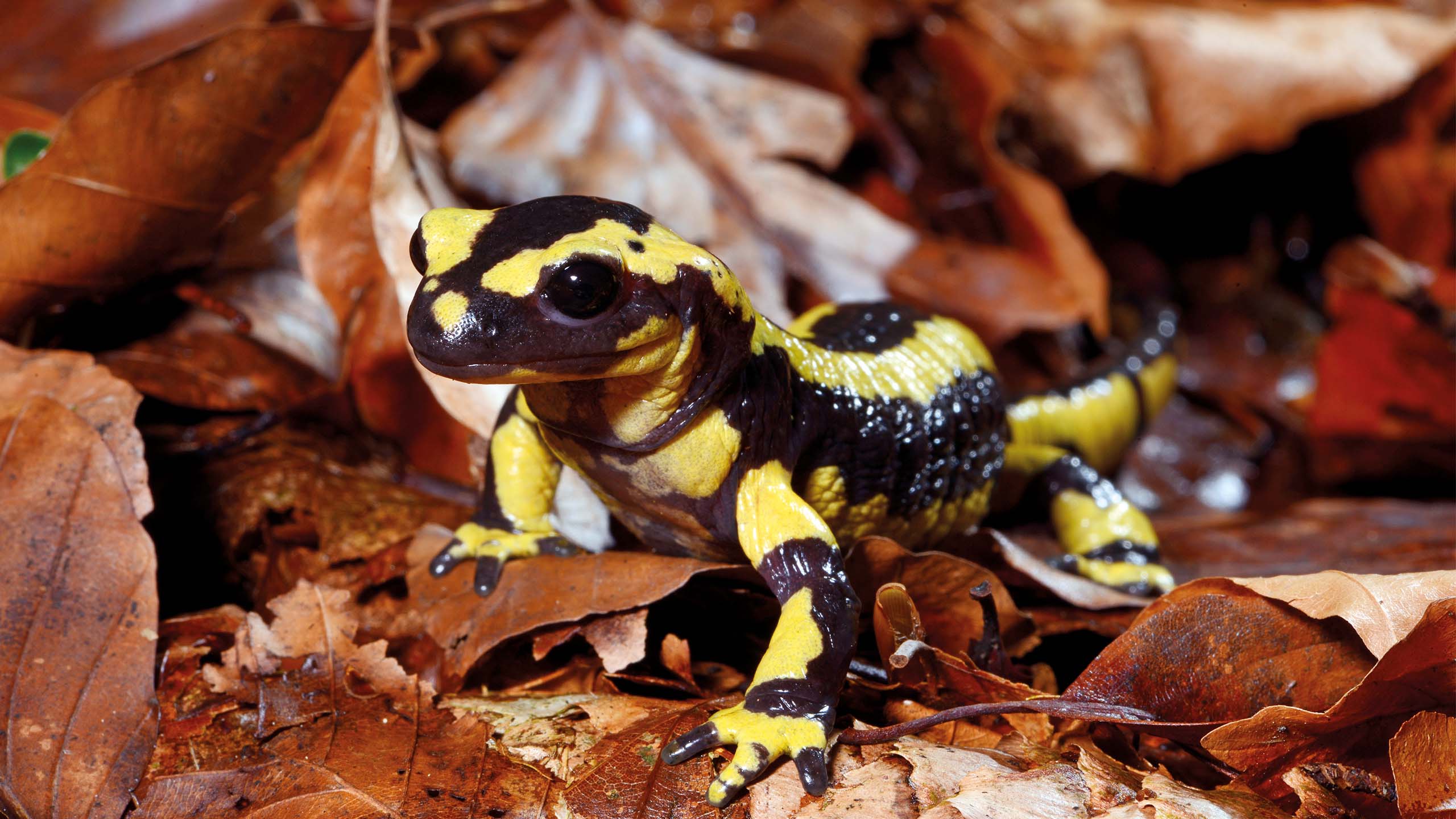
Salamandra Salamandra – a species that is managed at CC. © Benny Trapp
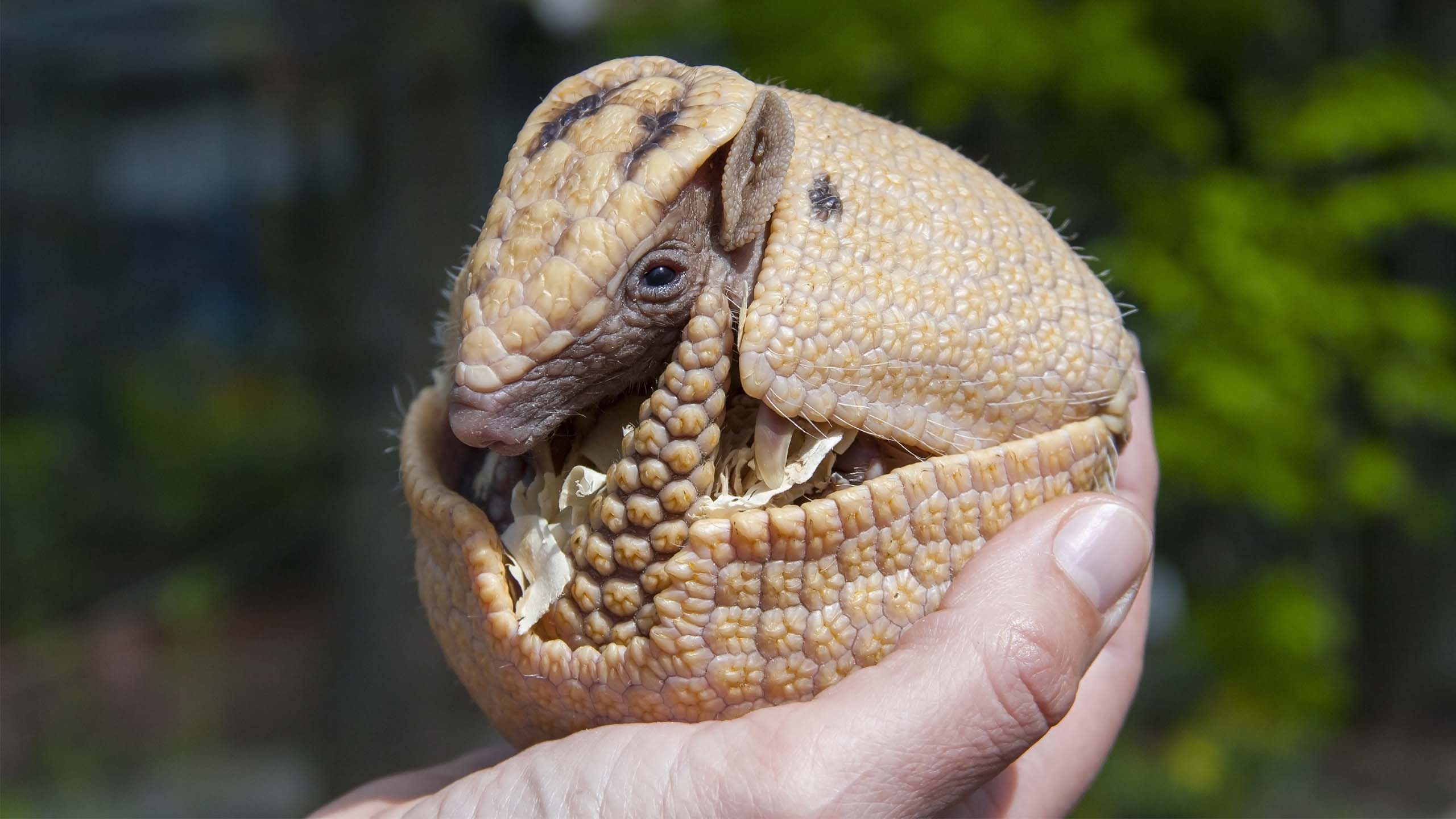
Tolypeutes matacus © belizar, Shutterstock

Strix uralensis © Jens Freitag, CC BY-SA 4.0, via Wikimedia Commons

Bedotia madagascariensis – also a CC species. © Miguel Vence

Sacalia quadriocellata © François Charles, CC BY-SA 3.0, via Wikimedia Commons

Alytes muletensis – this species is also cared for at CC. © Benny Trapp
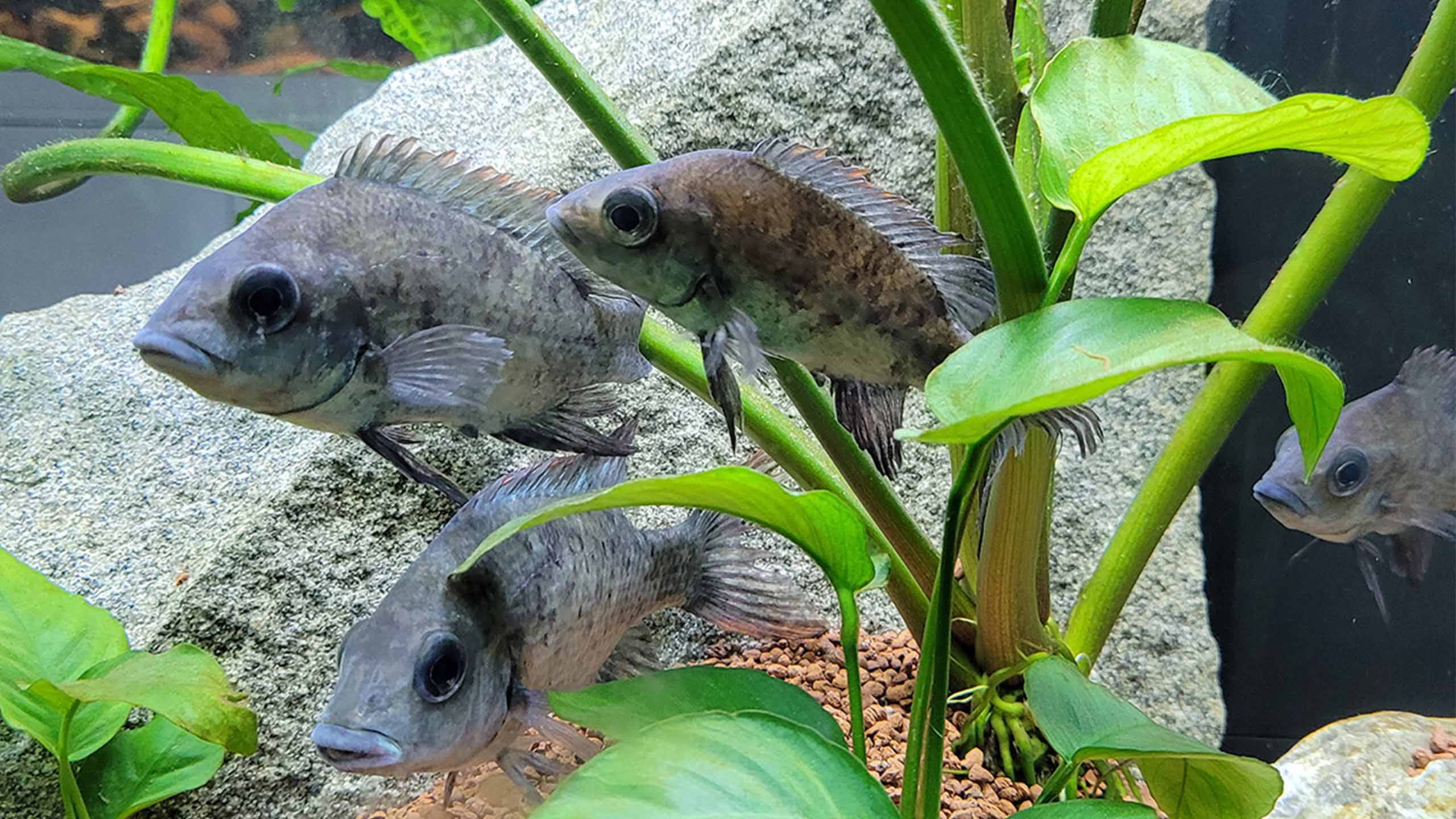
Ptychochromis insolitus, also a CC-Fish. © Tina Nagorzanski
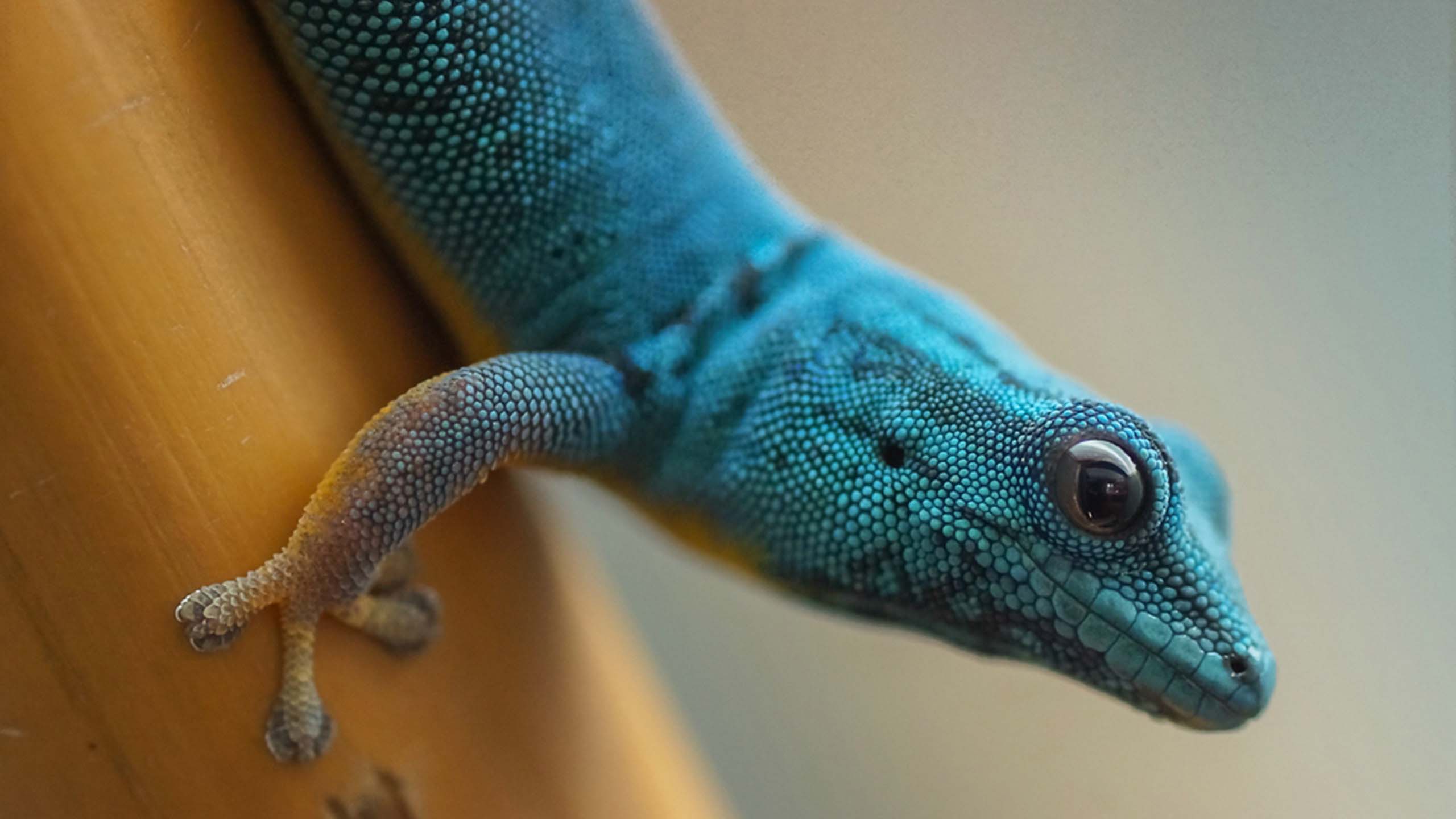
Lygodactylus williamsi © to.wi, CC BY-NC-SA 2.0, via flickr
- Home
- Archive by Category "Projects"
Contact
Citizen Conservation Foundation gGmbH Reichenberger Street 88 10999 Berlin Germany Phone: +49 (0) 30 92 10 13-223 Mail: info |at| citizen-conservation.org Web: www.citizen-conservation.org
- Home
- Archive by Category "Projects"
Contact
Citizen Conservation Foundation gGmbH Reichenberger Street 88 10999 Berlin Germany Phone: +49 (0) 30 92 10 13-223 Mail: info |at| citizen-conservation.org Web: www.citizen-conservation.org
A precarious bestiary
- Home
- Archive by Category "Projects"
Projects
In 48 expert and entertaining animal portraits, Heiko Werning and Ulrike Sterblich take us into a world full of strange and fantastic creatures that need to be saved from extinction.
In 48 expert and entertaining animal portraits, Heiko Werning and Ulrike Sterblich take us into a world full of strange and fantastic creatures that need to be saved from extinction.
To raise public awareness of the biodiversity crisis, our Creatures Podcast was launched during the first lockdown in May 2020. The first two seasons are now available in printed form in bookshops – including 24 new exciting stories about wondrous, but unfortunately also endangered species and the worldwide efforts of conservationists to save them. Incidentally, anyone who buys the book – or already has it on their bookshelf at home – is already making an active contribution to species conservation: the entire fee for the Precarious Bestiary goes to Citizen Conservation, and the publisher Galiani Berlin is also supporting the project with half an euro for every copy sold. Further donations are very welcome and will help our work at Citizen Conservation to counteract species extinction in the long term.
Of Okapi, Box Turtle and Schnilch
A precarious bestiary
Zhou's Box Turtle has invented social distancing: Whenever it doesn't like something, it goes into mini-lockdown and cuts its connections to the outside world. The Tasmanian Devil is the angry citizen among the animals, jumping around stinking, screaming and with red ears. The Partula Snail, named after the trio of Roman goddesses of fate, is a real nightmare for all romantics and ElitePartner. The Tree Lobster, a deformed South Sea yeti with a wobbly gait and armour, can create clones.
As strange and different as the animals in this book are, they have one sad thing in common: their survival is in the balance and without being kept in human care, they wouldn't stand a chance.
Urbanisation, deforestation and poaching have put the species in a precarious situation. A Gallic village of dedicated animal lovers and conservationists led by the organisation Citizen Conservation are working to prevent the final extinction of the species through breeding and reintroduction projects.
Heiko Werning, one of the initiators of Citizen Conservation, and Ulrike Sterblich create a fascinating panopticon of what nature has to offer in knowledgeable and entertaining animal portraits: The preservation of biodiversity is a crucial human task!
Bibliography
Publisher: Galiani Berlin
Publication date: 10/02/2022 | 240 pages | ISBN: 978-3-86971-255-0
The brains behind the “Prekäres Bestiarium”:

Heiko Werning and Ulrike Sterblich
left in the picture, on the right the okapi

Heiko Werning
is an author by passion, a reptile researcher by vocation and an animal conservationist by necessity. He is the author of several zoological reference books, but also writes for Taz and Titanic. He regularly reads his texts at the Berlin reading stages Reformbühne, Heim & Welt and Brauseboys. He is one of the initiators of Citizen Conservation.
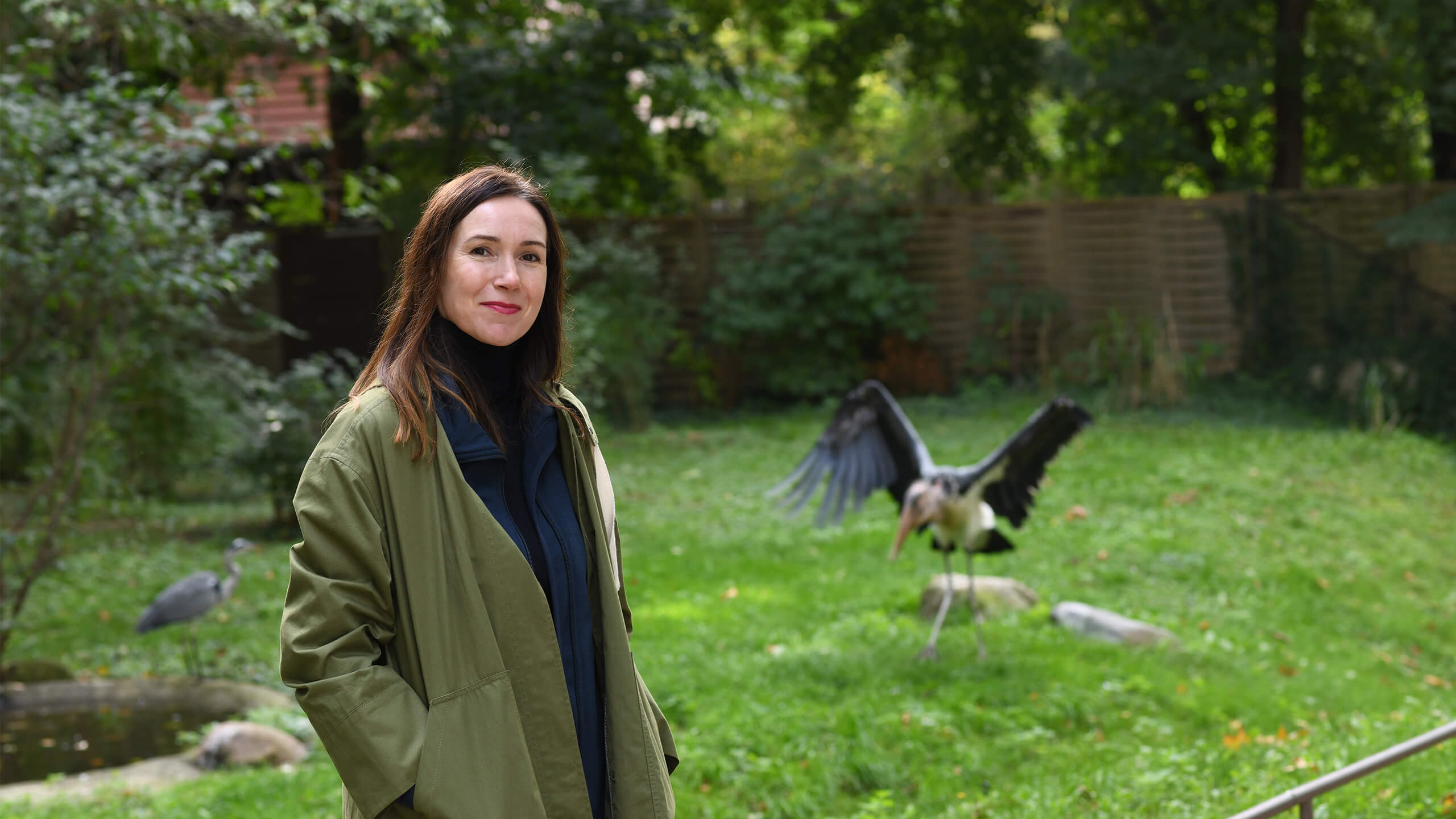
Ulrike Sterblich
is a political scientist and author from Berlin. She once wrote her thesis on ecological ethics and later became known as the host of the Berlin Bunny Lectures reading theatre. She has published several books, most recently "The German Girl" (Rowohlt), and has been working conceptually and editorially for Citizen Conservation and Frogs & Friends since 2018. She doesn't have any pets, but if she did, she'd love a Schnilch.

Björn Encke
is CEO of Frogs & Friends e.V. and co-founder of Citizen Conservation – and has also contributed several stories to the “Prekäres Bestiarium”.
Every donation helps – support us with a patronage!
Our aim at Citizen Conservation is to work with professional and private animal conservationists to set up coordinated conservation breeding projects for endangered species in order to tackle the challenges of species extinction.
If you would like to support our mission, we would be delighted to receive a donation, for which we would like to thank you with an individual appreciation:
Support
Bestiary patronage: € 50
From € 50 you will receive a hand-stamped, signed card with a personal greeting from the authors.
Please send us an e-mail with your name and address to bestiarium |at| citizen-conservation.org and transfer the donation amount to the account below.
Support
Bestiary patronage: € 150
Have you taken one of the precarious beasts from the book to your heart? Take on or give away a bestiary patronage from € 150. In return, you will receive a T-shirt printed with the corresponding vignette of your favourite from the book.
Send us an e-mail with your personal details to bestiarium |at| citizen-conservation.org
Your details
NameAddressMotif animal speciesT-shirt sizeT-shirt cut (men/women)
Our donation account
Citizen ConservationGLS Gemeinschaftsbank eGKeyword "Patronage" + your nameDE38 4306 0967 1271 7068 00BIC: GENODEM1GLS
Once payment has been received, your thank you will be sent and the patron will be mentioned by name on our homepage as a supporter. If you do not wish to be mentioned by name on the homepage, you can indicate this in your email. Please note that we dispatch from Germany. If the postage is too high in relation to the donation amount, you will have to pay for the postage yourself.
(We reserve the right to refuse to publish the names of organisations that run counter to the values of Citizen Conservation; you may then receive your donation back).
Many thanks to our patrons
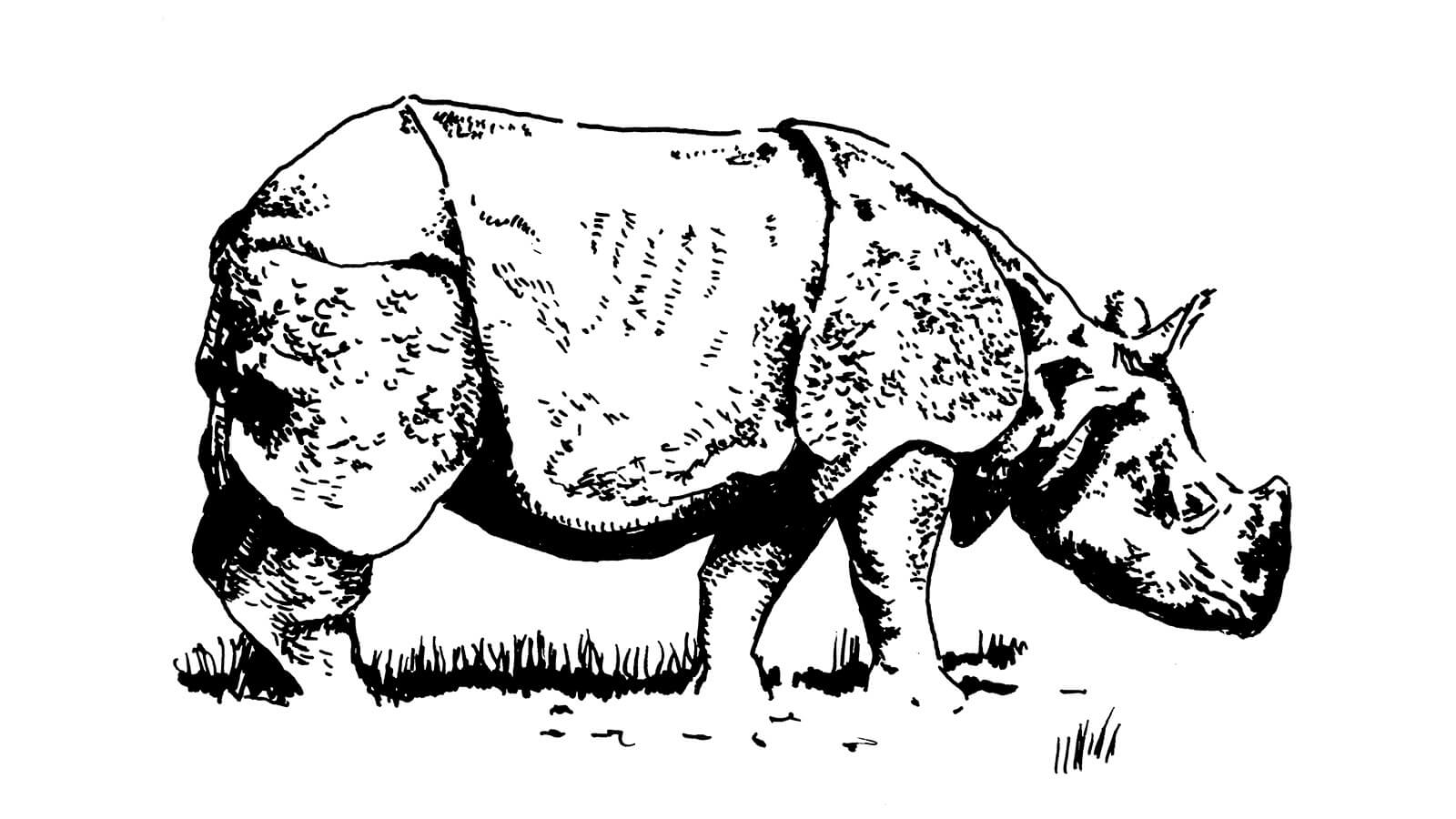
Patrons of the Indian Rhino
Almut FellerThomas Waldhaus
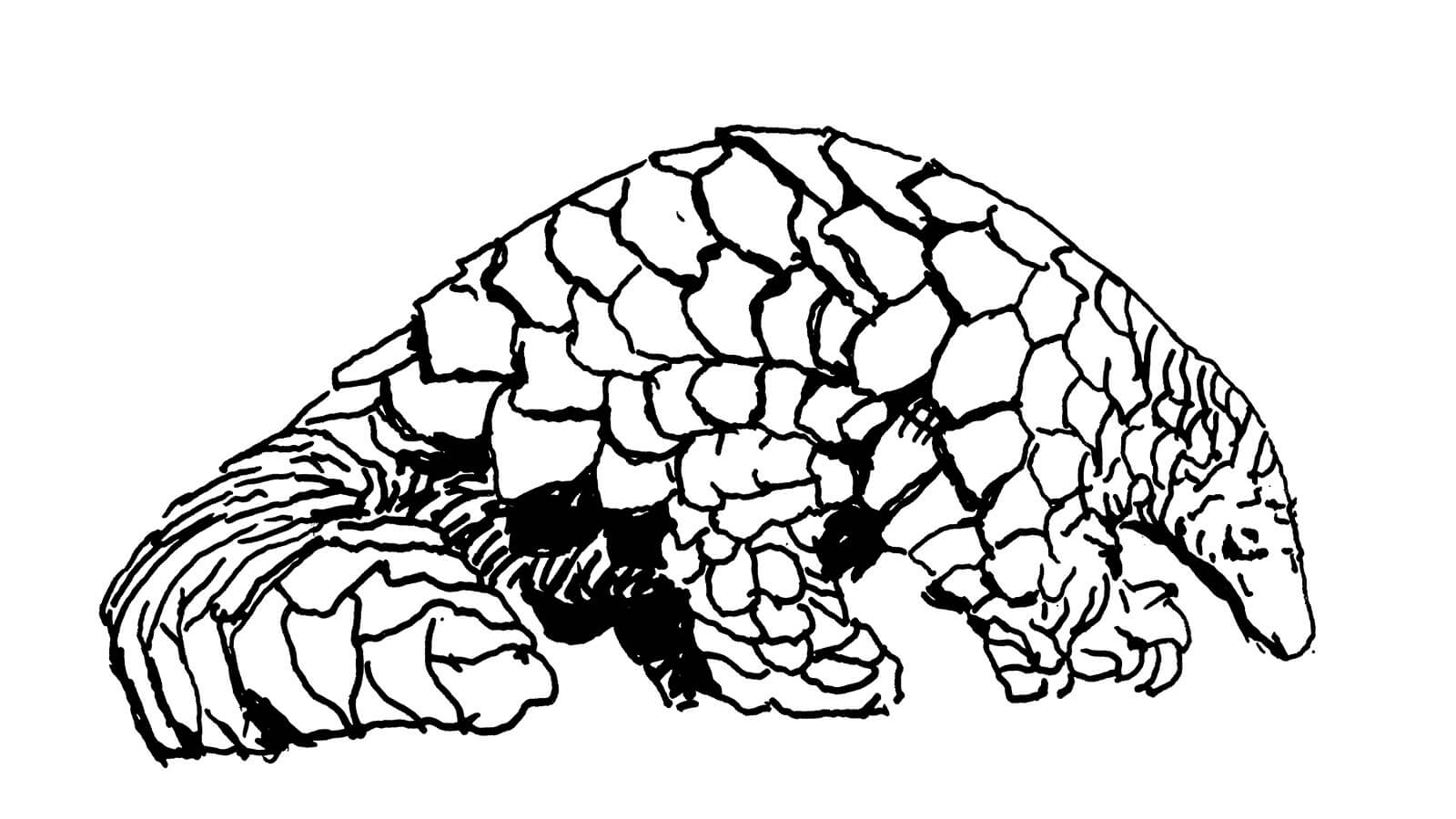
Patrons of the Pangolin
Martina Burger
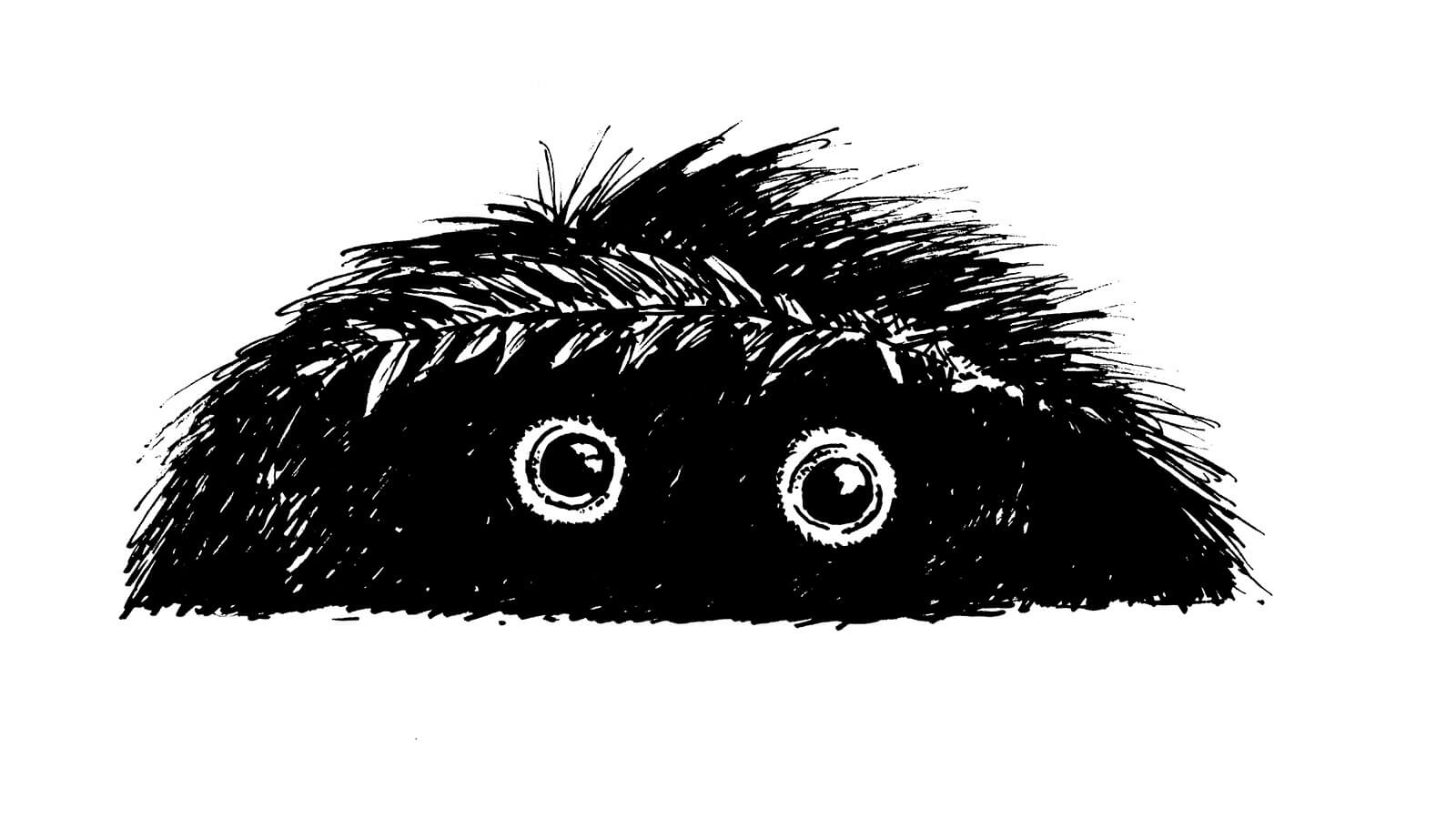
Patrons of the Schnilch
Almut Feller

Patrons of the okapi
Almut FellerCarsten Noack

Patrons of the Philippine Crocodile
Almut Feller

Patrons of the Tasmanian Tiger
Almut Feller
Our donation account
Citizen ConservationGLS Gemeinschaftsbank eGKeyword "Patronage" + your nameDE38 4306 0967 1271 7068 00BIC: GENODEM1GLS
Donate directly via PayPal:
Our donation account
Citizen ConservationGLS Gemeinschaftsbank eGKeyword "Patronage" + your nameDE38 4306 0967 1271 7068 00BIC: GENODEM1GLS
Donate directly via PayPal:
The protagonists of the "Prekäres Bestiarium":
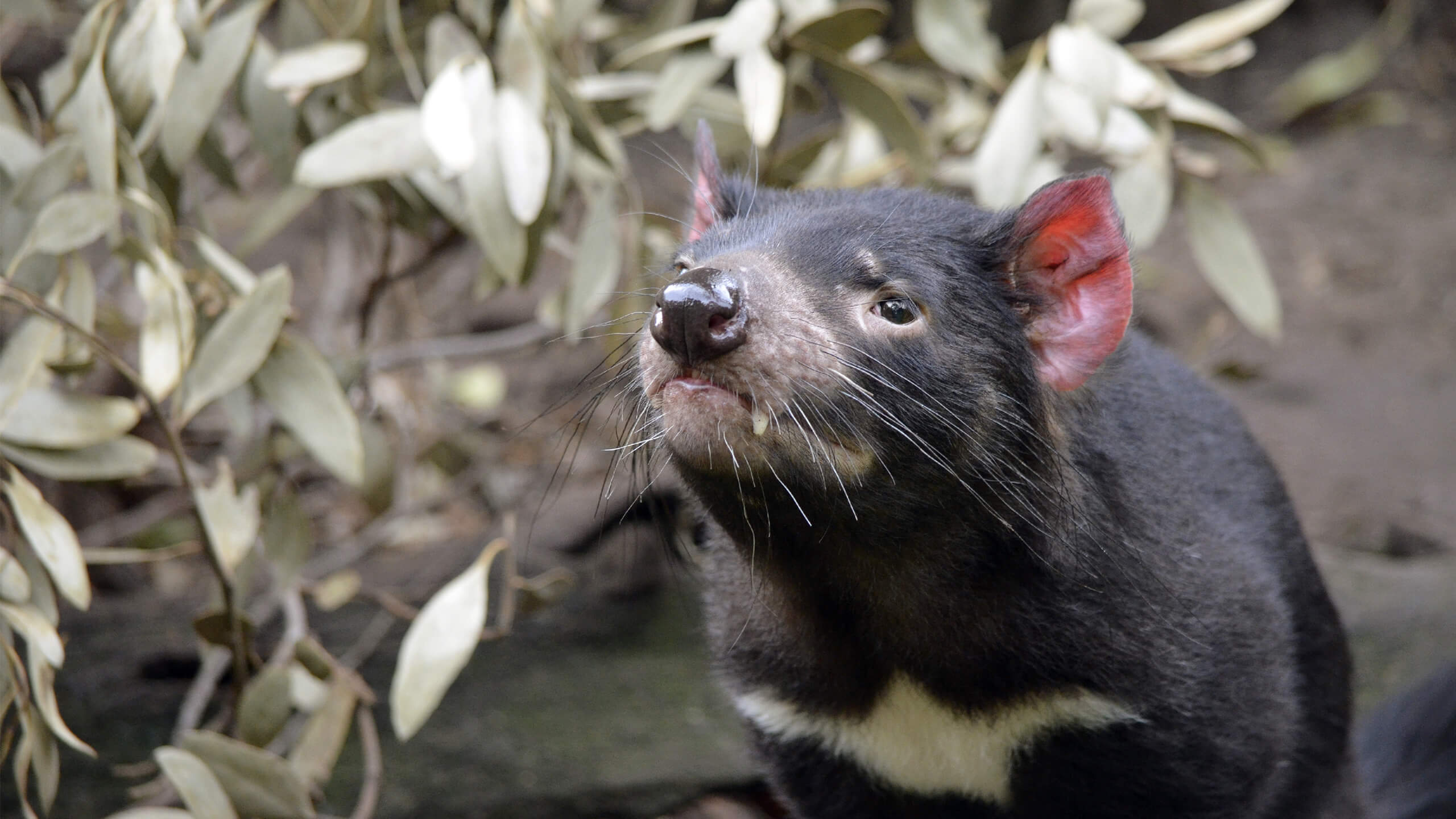
A creature that likes to get upset about all sorts of things and quite often jumps around stinking, screaming and with red ears. Are Tasmanian Devils the angriest of animals? Well, in a way they are quite cute, and above all they really don't have it easy at the moment.
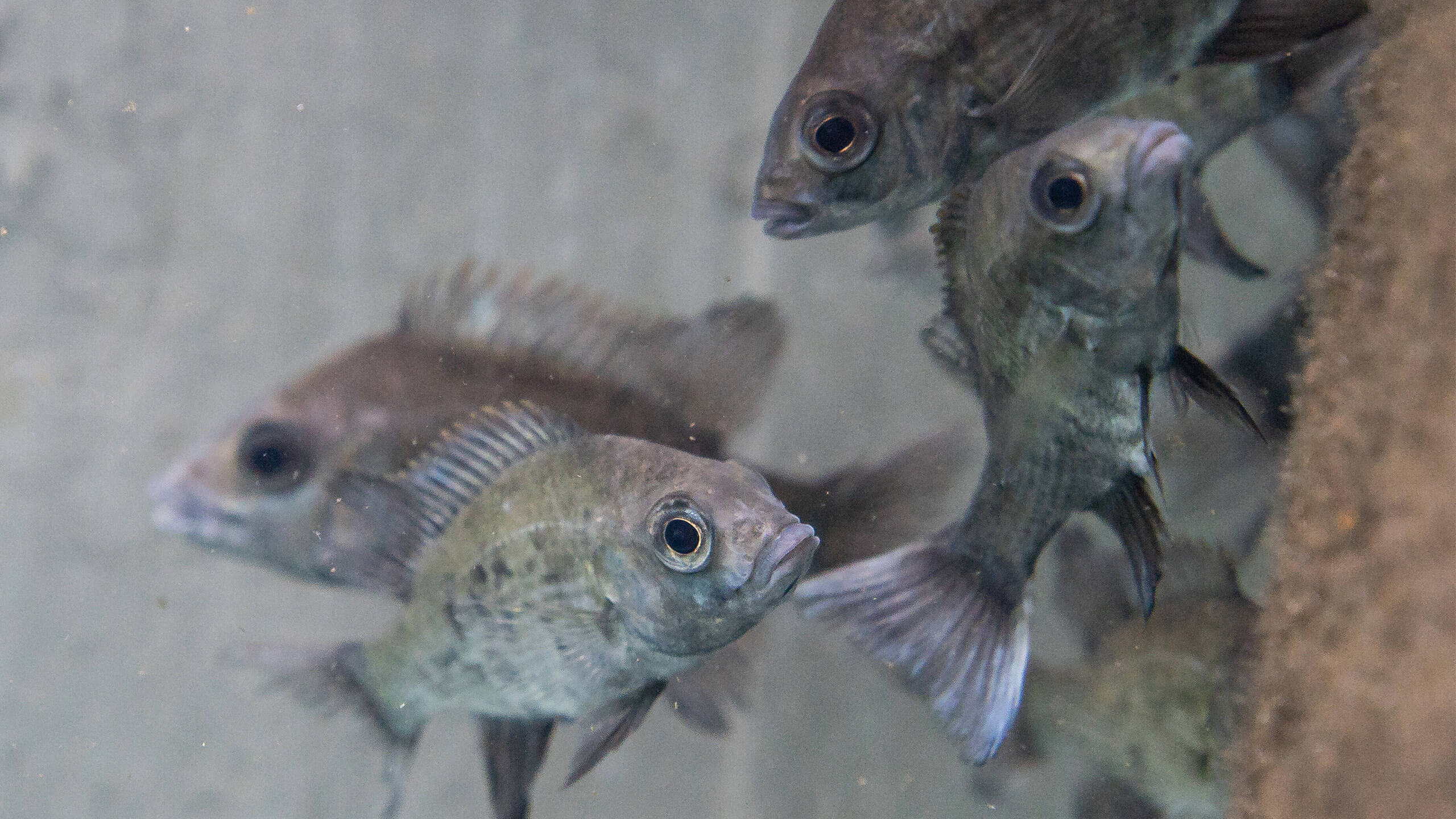
Why is the Mangarahara cichlid something of an ugly duckling among cichlids, but a real feast for scientists?

Forever young – what people dream of and sing about has long been realised by the salamander. At least the Patzcuaro Lake Salamander has. Its fountain of youth is a lake in the highlands of Mexico, where it enjoys eternal youth. What mysterious miraculous healing powers and a nunnery have to do with it is revealed in this story, which is as fantastic as the miraculous creature it revolves around.

Well, a horse as a rare animal? It certainly is! Because wild horses are indeed extremely rare. So rare, in fact, that it's not even certain whether there are any real wild horses left. Spoiler: there are certainly none on the American continent. But what is this Przewalski's horse? And how do you even pronounce it?
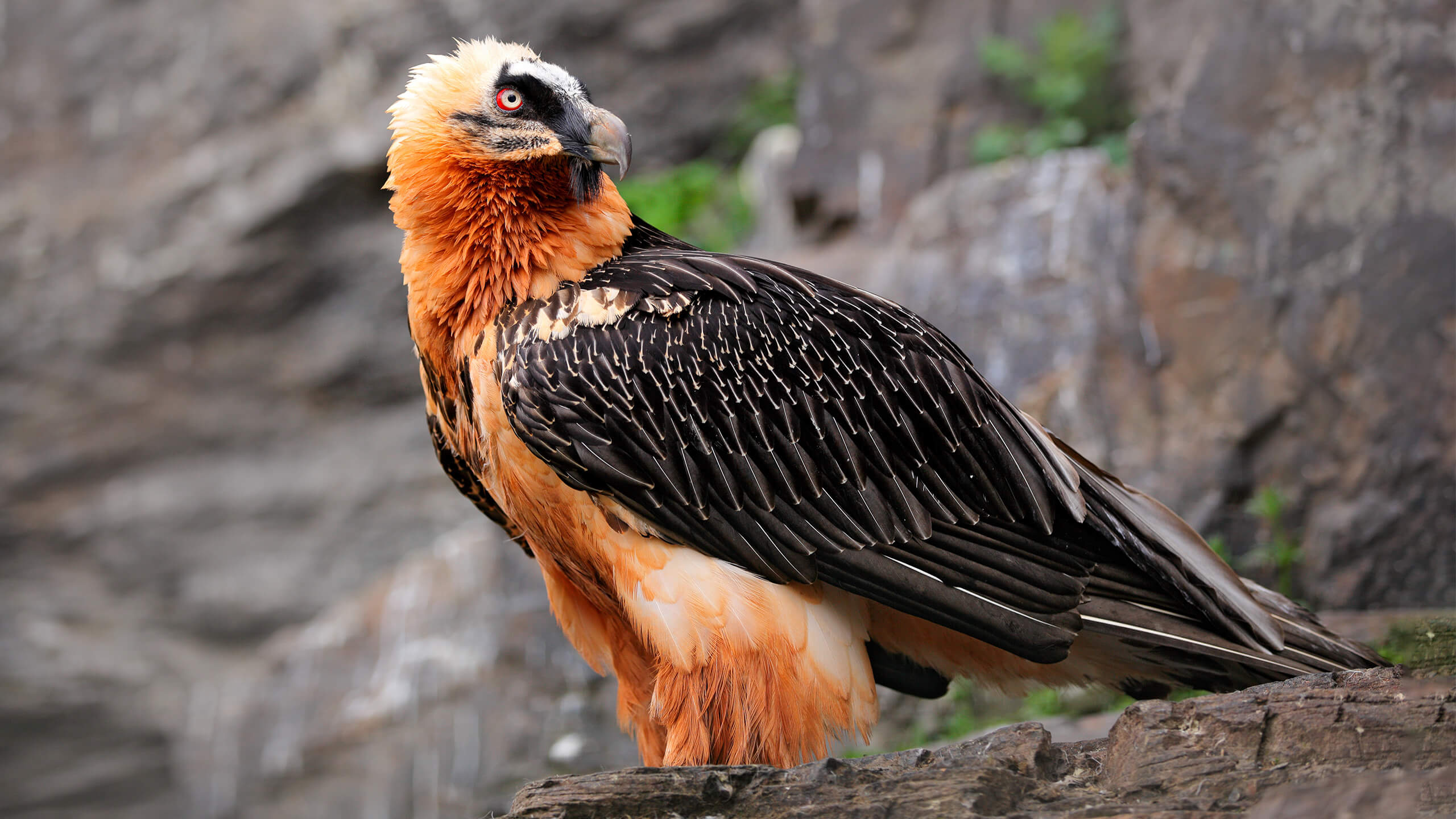
It is not really clear why the Bearded Vulture has its beard. But it is very clear why the species is endangered. The animal owes its name Lammergeier to a misconception and also the fact that it was hunted down to the last specimen in the Alpine region. In fact, it is simply a very good scavenger and eats what is left over at the carcass table, namely bones.
The Creatures Podcast
Stories of rare and very rare animals.
Want to learn exciting new things about endangered species from artists, scientists and others? You can if you subscribe to the Creatures Podcast! In four seasons already, personalities such as singer-songwriter Reinhard Mey, writer Wladimir Kaminer and cabaret artist Annette Frier have lent their voices to endangered animal species, providing entertaining information about the fate of the Darwin’s Frog, Northern Bald Ibis and the like.
You can listen to the podcast on Spotify, iTunes,Podigee and YouTube:
Fire Salamander in trouble
Bad start into the new millennium for Europe's Fire Salamander
A new type of fungus on the skin of amphibians was discovered in the Netherlands only a few years ago: Batrachochytrium salamandrivorans, or Bsal in short. The translation of its name clearly spells out the danger it poses: the salamander devourer. It is spreading at breakneck speed among European caudates. While newts overall seem to be less affected, an infection is almost certain to be fatal for fire salamanders. Entire populations are threatened by extinction.
Where did the fungus epidemic come from?
It is assumed that Bsal originates in East Asia and found its way into Europe through the trade with Asian newts. It could, however, also have travelled with aquatic plants or in a moist clump of clay: put simply, we do not know. What we do know is this: it will stay. And spread further – with devastating consequences. Bsal got into open nature somewhere in the tri-border region between Germany, the Netherlands and Belgium at the beginning of the 2000s. From here, the fungus moved towards the East and seized the Ruhr area. By summer of 2020, it had eventually managed to make a giant leap across 500 kilometers and appeared at several locations in Bavaria.
Where did the fungus epidemic come from?

Batrachochytrium salamandrivorans © Frank Pasmans, Uni Gent
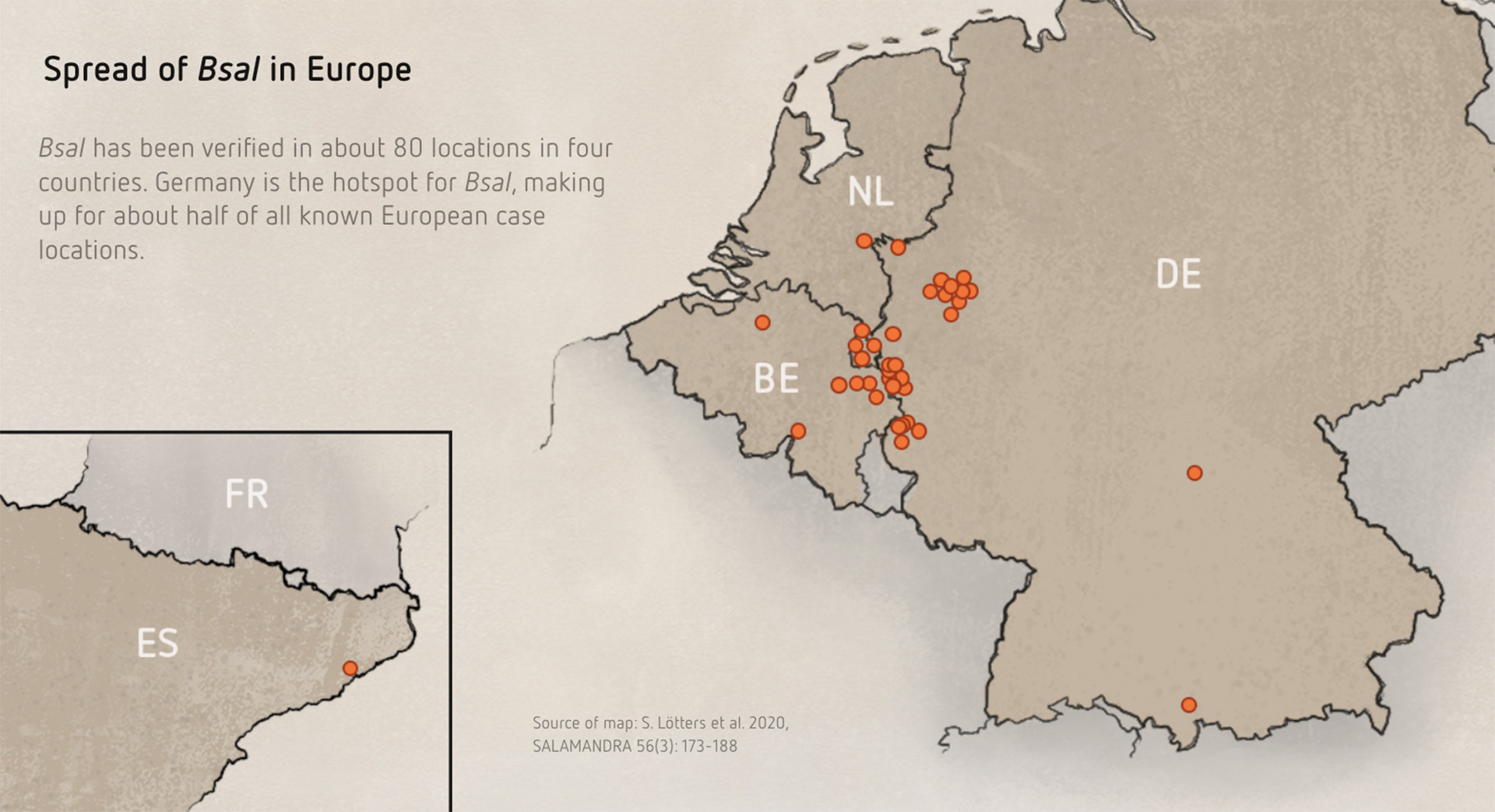
The fungus leads to regional extinction of the fire salamander
Bsal afflicts the delicate skin of the amphibians. It feeds on keratins and sprawls so massively that it ultimately leads to an outright suffocation of the animals. External skin damage becomes apparent only at an advanced stage, and by this time it is usually already too late. For fire salamanders, an infection with Bsal almost inevitably leads to death. In other words: in regions where the fungus appears, the fire salamander is effectively being extinguished.
Extinction can be prevented
Bsal is treatable – but unfortunately only in human care. Heat therapy has proven effective against the type of fungus known to date. After two weeks in a heat chamber at a constant temperature of 25 °C, the fungus dies. Although salamanders prefer cooler temperatures, they usually survive the procedure well. This means that infected animals can be nursed back to health.
However, no therapy can help in the biotope, and cured salamanders cannot be returned there unless they are to fall ill again. This is because heat therapy does not build up immunity, and the fungus still lurks in the forest.
Therefore, the only option for safely preserving affected fire salamander populations is to take animals from them into human care and breed them there. Like on an ark, they can then survive until, hopefully, one day the situation in their habitat is safe again, the animals have developed immunity or resilience to the fungus, or there is a possibility of vaccination.

Building up reserve populations from local fire salamander stocks ensures that their offspring can repopulate these areas in future.
How arks can be designed
To save not only individual fire salamanders, but the entire species, you need a few arks. Putting all your eggs in one basket, for example keeping all the animals in one location, may be economically efficient, but the risk of all the animals being affected in a local disaster is far too great. There are also different ways to design such an ark, especially if you want to preserve the fire salamander’s diversity. Genetic diversity plays a central role here, as this has already been studied reasonably well. But what about, for example, the diversity of bacteria and other microorganisms that fire salamanders have in their gut or on their skin?
To have as many options as possible for the future, we need a network of arks. What this might look like, what to consider, where to start, and more is what we have put together on behalf of the Species Assistance Program for the Fire Salamander in Bavaria. This blueprint can easily be adapted for other regions. If you like, you can take a look at the german study here.

A network for Fire Salamanders
Many organisations and institutions are working in numerous individual projects for the benefit of the Fire Salamander, both in the habitat (in situ) and through the establishment of conservation breeding in human care (ex situ). However, in order to preserve the species in its genetic and ecological diversity in the long term, it is essential that these conservation and research endeavours are aware of each other, that their results are pooled for all to see and that conservation breeding is coordinated.
This is why Citizen Conservation, in collaboration with other organisations and institutions, invited people to a major Fire Salamander Symposium at Hannover Adventure Zoo from 17 to 19 April 2024. This is where Feuersalamander.NET was founded, a network that will also serve as a central reporting, information and coordination centre for efforts to protect fire salamanders and, in the future, Alpine Salamanders. Such coordination is particularly important in the establishment of ex situ conservation breeding programmes so that scarce resources can be used with maximum effect to preserve Fire Salamanders in all their diversity.
The salamander devourer on film
Author Susann Knakowske accompanied scientists, conservationists and animal owners on film for over a year. It wasn’t planned, it just turned out that way. Because neither Corona nor the Bsal jump to Bavaria were on the filming schedule when we began preparations for a fire salamander documentary at the end of 2019. And this story is far from over. But the first film is ready and gives an overview of the state of affairs regarding salamander eaters in spring 2021.
Every donation helps us further expand our network for endangered species
Establishing and coordinating conservational breeding of fire salamanders is key to their salvation. Citizen Conservation has set its aim on precisely such action, working to drastically increase the number of shelters in human custody for threatened animals – we will need these safe zones. Here and now for our endemic fire salamander.
Our donation account
Citizen ConservationGLS Gemeinschaftsbank eGDE38 4306 0967 1271 7068 00BIC: GENODEM1GLS
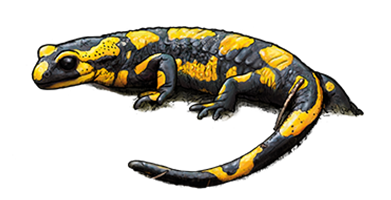
Our donation account
Citizen ConservationGLS Gemeinschaftsbank eGDE38 4306 0967 1271 7068 00BIC: GENODEM1GLS

The extinction of species is threatening our livelihoods. Citizen Conservation unites scientific expertise with engagement by civil society. Together, we can master the challenge.
